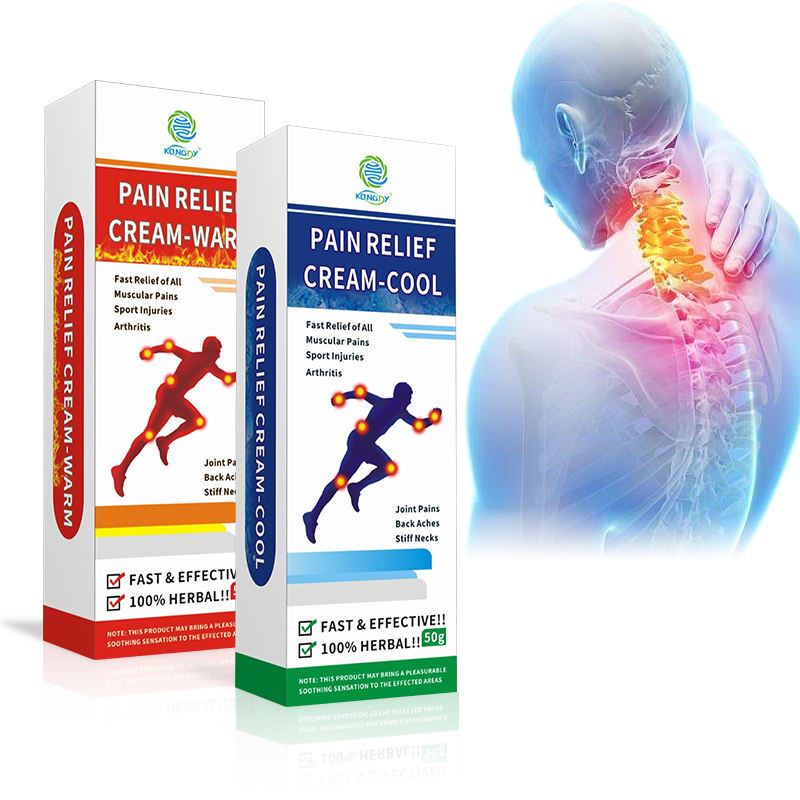Pain relief creams are a common household item, used by people worldwide to alleviate aches and pains. However, with the multitude of creams available on the market, how does a consumer know which one is the most effective? This is where quality assurance in pain relief creams becomes crucial. By implementing rigorous testing standards, manufacturers can ensure the quality and efficacy of their products, while providing peace of mind to consumers.
Quality assurance in pain relief creams begins with ingredient selection. Manufacturers must ensure that their products contain high-quality ingredients that are pure, natural, and free from harmful chemicals. Ingredient verification involves authenticating the source of the ingredients, conducting chemical analyses to ensure purity, and determining their biological activity.

Once the ingredients are selected, it’s time for the manufacturer to conduct rigorous laboratory testing to evaluate the effectiveness of the cream. The testing should be done using human cell cultures or animal models to simulate human skin conditions and reactions. This allows the manufacturer to assess the cream’s ability to penetrate the skin, its stability, and its effectiveness in reducing pain or inflammation.
Another important aspect of quality assurance is product manufacturing. The production facilities must be clean and sterile to ensure that the cream is free from contamination during the manufacturing process. The cream should be packaged in airtight containers to maintain its potency and prevent contamination.
Finally, post-market surveillance is essential to ensure that the cream remains effective over time. Manufacturers should conduct periodic checks on the quality of their products, monitor any adverse reactions reported by consumers, and take appropriate action if any issues arise.
In conclusion, quality assurance in pain relief creams is essential to ensure consumer safety and satisfaction. By implementing rigorous testing standards during ingredient selection, laboratory testing, and product manufacturing, manufacturers can ensure the efficacy and safety of their products, while building consumer trust and brand loyalty.






